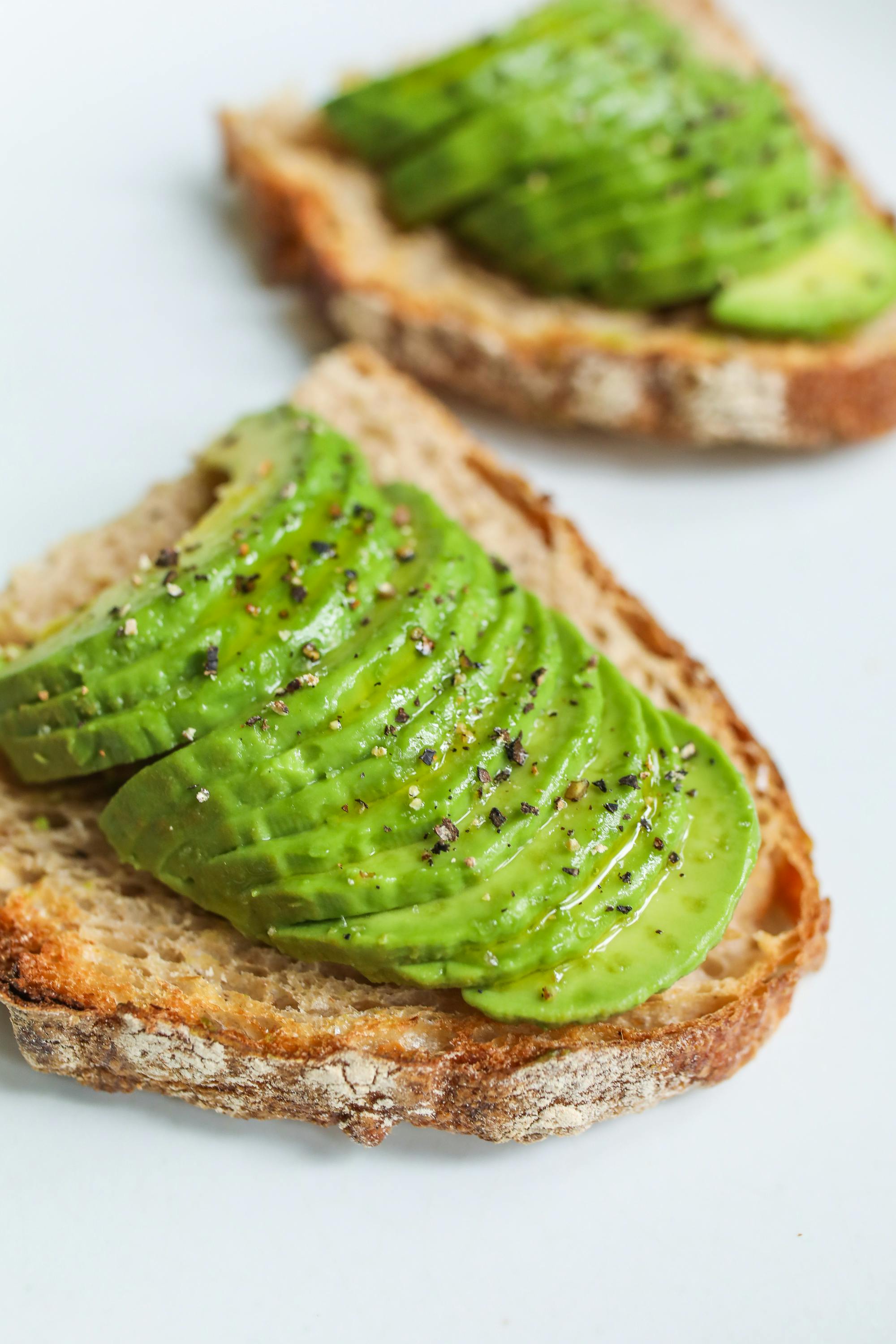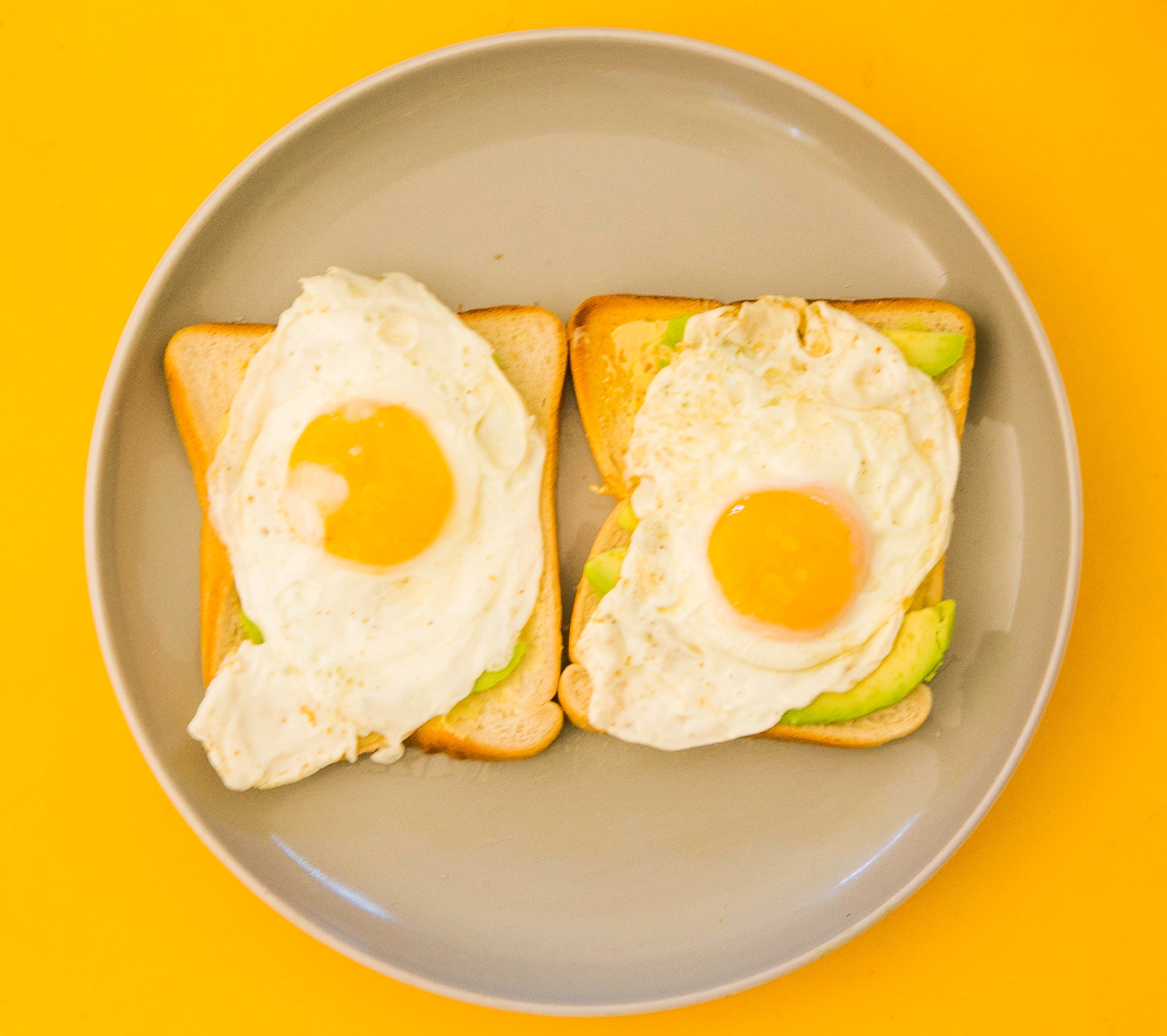
Apply Now


Understanding the Anti-Inflammatory Diet and Its Benefits
The anti-inflammatory diet is more than just a trend; it's a way of eating that promotes healing and wellbeing through mindful food choices. Research shows that chronic inflammation can lead to severe health issues, including heart disease, diabetes, and even some cancers. This diet focuses on incorporating whole foods—rich in nutrients and antioxidants—while reducing intake of processed foods and sugars that can trigger inflammation. By adopting an anti-inflammatory diet, you're not only addressing inflammation but also supporting overall health and wellness. This approach emphasizes balanced meals, seasonal fruits, and variety in foods, which can greatly enhance nutrient absorption and reduce chronic disease risks. It's an effective method for managing obesity, promoting gut health, and supporting a strong immune system. With the right meal plan and recipes, making dietary changes can be enjoyable and beneficial. Throughout this article, we will explore a comprehensive and effective anti-inflammatory diet meal plan for 2025, designed for families, busy individuals, and anyone looking to optimize their health. Expect to find printable meal plans, delicious anti-inflammatory recipes, and essential tips for meal prep and cooking techniques that will help you succeed in your wellness journey.Crafting Your Anti-Inflammatory Diet Printable Meal Plan
Creating a printable meal plan tailored for anti-inflammatory benefits is your first step toward a healthier lifestyle. This plan includes a variety of meals that are rich in antioxidants and essential nutrients, focusing on whole, minimally processed foods.Weekly Meal Plan Overview
A typical week’s meal plan can be structured to include breakfast, lunch, dinner, and snacks that prioritize anti-inflammatory ingredients. Here's a flavor-packed layout: - **Monday:** - Breakfast: Overnight oats topped with anti-inflammatory fruits like blueberries and walnuts. - Lunch: Quinoa salad with colorful vegetable varieties and a lemon-tahini dressing. - Dinner: Grilled salmon with steamed broccoli and sweet potato. - Snack: Sliced apple with almond butter. - **Tuesday:** - Breakfast: Smoothie with spinach, banana, and chia seeds. - Lunch: Chickpea salad with cucumbers, tomatoes, and a vinaigrette. - Dinner: Chicken stir-fry with a mix of spices for health and seasonal vegetables. - Snack: Carrot sticks with hummus. H3>Seasonal and Variety Considerations When planning your meals, consider the seasonality of fruits and vegetables to maintain freshness and nutrient density. For example, winter months are perfect for citrus fruits and root vegetables, which are rich in vitamin C and anti-inflammatory properties. Incorporating variety not only keeps the meals exciting but also ensures you get a wide range of nutrients essential for inflammation reduction. Experiment with cooking techniques such as roasting vegetables, grilling proteins, and using aromatic herbs to enhance flavors while aligning with your meal plan.Delicious Anti-Inflammatory Recipes to Try
Now that you have a structure for your meal plan, let’s explore some delicious anti-inflammatory recipes that are easy to prepare and enjoyable for the whole family.Flavorful Breakfast Options
Breakfast is crucial for starting your day on a healthy note. Here are a couple of recipes that fit right into the anti-inflammatory diet: - **Turmeric Scrambled Eggs**: Whisk eggs with turmeric, and cook with spinach and a hint of black pepper for a hearty and nutritious meal that highlights healthy fats and spices for health. - **Chia Seed Pudding**: Combine chia seeds with almond milk and a drizzle of honey. Let it sit overnight and top with seasonal fruits for greater fiber benefits and hydration importance in your diet.Wholesome Lunch Recipes
For lunch, you want something satisfying yet nutritious. Here’s an idea: - **Lentil and Vegetable Stew**: Cook lentils with diced tomatoes, carrots, celery, and spices. This hearty meal is rich in protein and fiber, providing gut health support and inflammation reduction.Easy Dinner Ideas
Dinner should be filling yet light. Consider this recipe: - **Baked Sweet Potatoes with Black Beans**: Top baked sweet potatoes with black beans, cilantro, and a squeeze of lime juice for a deliciously simple meal. Sweet potatoes are a fantastic source of fiber and vitamins that promote heart health.Meal Prep Tips for Anti-Inflammatory Eating
Meal prepping can be your best ally in sticking to an anti-inflammatory diet. This strategy not only saves time but also ensures that you always have healthy options available.Batch Cooking Essentials
Prepare larger quantities of key ingredients, like quinoa, roasted vegetables, and proteins to use throughout the week. Store them in eco-friendly containers for easy access.Utilizing Leftovers Creatively
Leftover roasted vegetables can be blended into soups or added to salads, providing nutrient variety and reducing food waste. Get creative with your leftovers to keep flavors fresh and interesting.Organizing Your Kitchen for Success
Maintain organization in your kitchen to streamline meal prep. Keep your anti-inflammatory spices easily accessible and store your whole foods in designated areas to encourage clean eating.Staying Motivated on Your Anti-Inflammatory Journey
Sticking to an anti-inflammatory diet can be challenging, but incorporating habits such as mindful eating and stress reduction techniques can make a significant impact.Mindful Eating Practices
Learn to pay attention to your body's hunger cues, enjoy your food, and promote portion control. Consider keeping a food diary to track what works for your body and makes you feel good.Incorporating Meditation and Stress Reduction
Stress can exacerbate inflammation. Integrating meditation practices and other methods for stress management, like yoga or deep-breathing exercises, can help improve overall wellbeing.Long-Term Lifestyle Changes
Focusing on sustainability in your food choices and embracing holistic health will not only enhance your anti-inflammatory diet but also lead to lasting lifestyle changes. Explore the ways that enhancing taste through cooking techniques can encourage adherence to your meal plan.Conclusion: Embracing Your Anti-Inflammatory Lifestyle
By making informed dietary changes and utilizing the effective meal planning tips provided in this guide, you can significantly minimize inflammation and improve your health. With delicious anti-inflammatory recipes, easy meal prep ideas, and strategies for staying motivated, you'll be well on your way to enjoying the numerous benefits this lifestyle has to offer. By incorporating variety in your meals, focusing on whole food sources, and allowing for flexibility in meal planning, you'll create a roadmap towards better health for 2025 and beyond.
